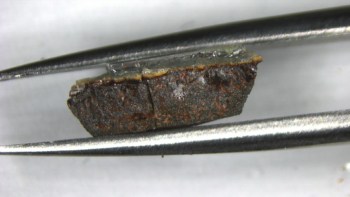What do physics and weed-killer have in common? More than you might think, judging by recent research from Vance Bergeron of Rhodia Recherches in France and co-workers. Bergeron and colleagues have analyzed in detail what happens when a water droplet lands on a waxy surface, such as a leaf, and figured out how to prevent most of the droplet bouncing off the surface again (V Bergeron et al. 2000 Nature 405 772). The work could lead to the safer and more efficient use of toxic herbicides and pesticides.
Physicists have studied the interaction of water with surfaces for centuries. Felix Savart, for instance, first studied shocks in shallow water in 1833. It is now well known that the maximum diameter that a droplet can achieve is determined by the ratio of two numbers – the Reynolds and Weber numbers – that are determined by the drop diameter and density, the drop velocity at impact, and the shear viscosity and surface tension of the liquid in the droplet.
It might be thought that increasing the maximum diameter of the droplet on the surface would increase the absorption of weed-killer and other compounds in the droplet. However, as soon as the droplet reaches its maximum diameter, it rebounds and starts to get smaller. And if the rebound velocity is high enough, a large fraction of the droplet will bounce off the surface. Bergeron and co-workers overcame this problem by adding small amounts of a flexible polymer to the water. This reduces the rebound velocity and hence the amount of droplet that is lost from the surface.
After eliminating possible explanations for this effect – such as absorption of the polymer by the surface – the French team concludes that increases in a quantity known as the elongational viscosity are responsible. This is a non-Newtonian effect that has long been exploited in fire-fighting – the addition of a small amount of polymer can greatly increase the range of water hoses. Non-Newtonian effects become important in a polymer solution when the deformation rate of the solution is comparable with the relaxation rate of the polymer molecules.



